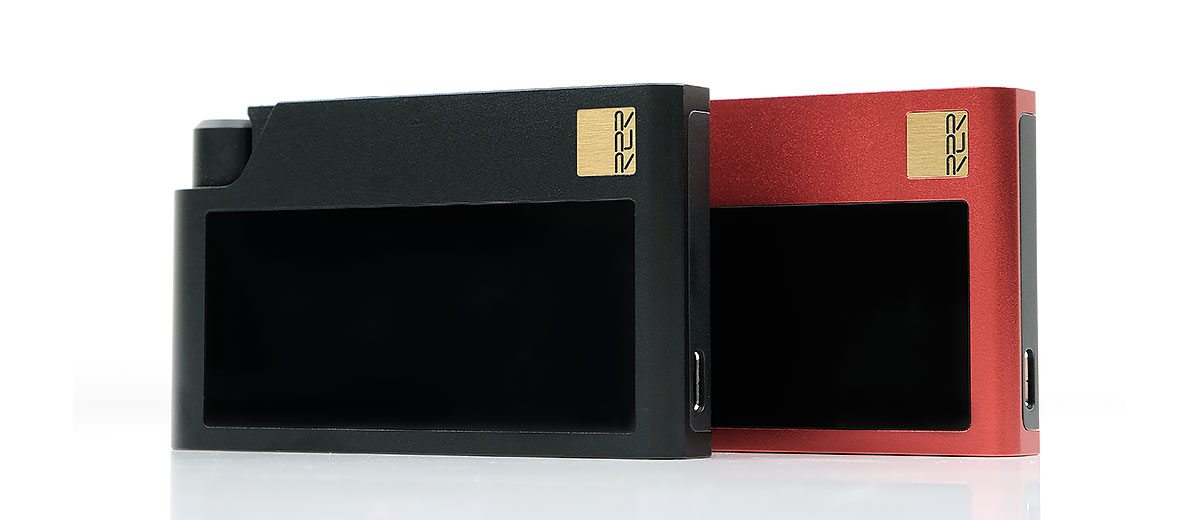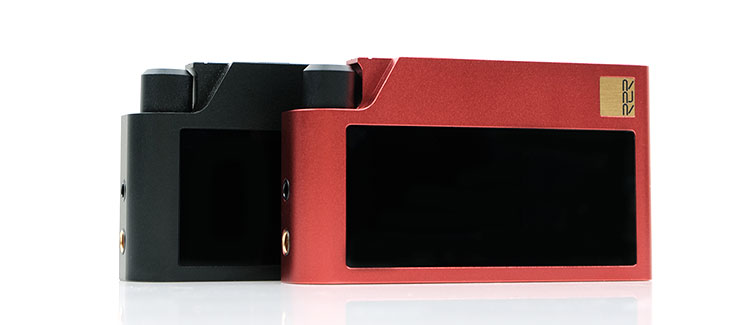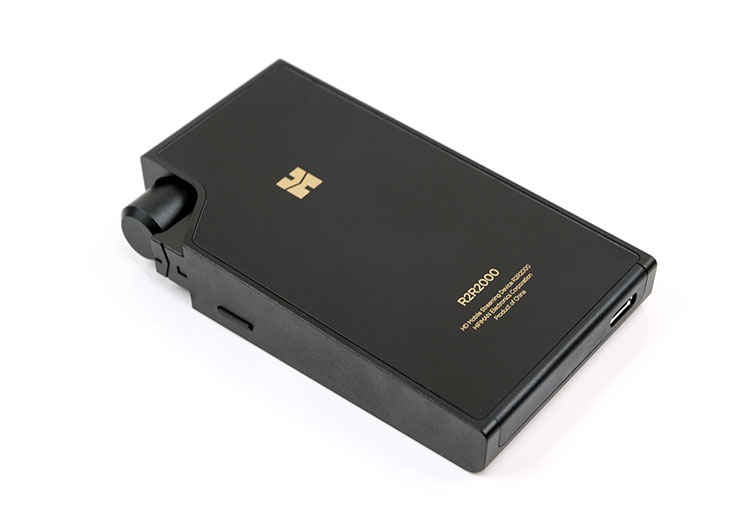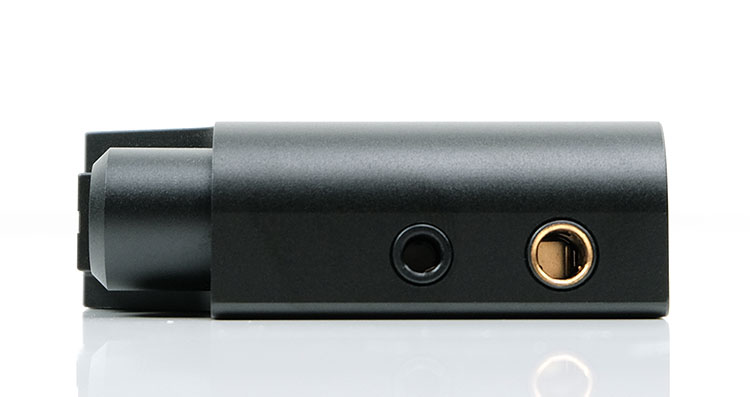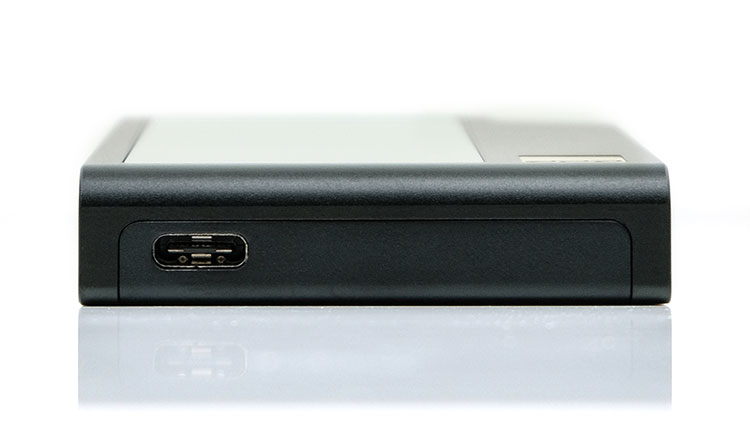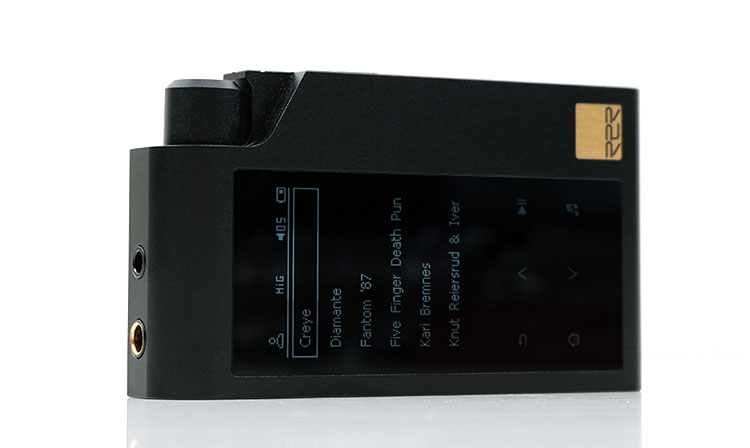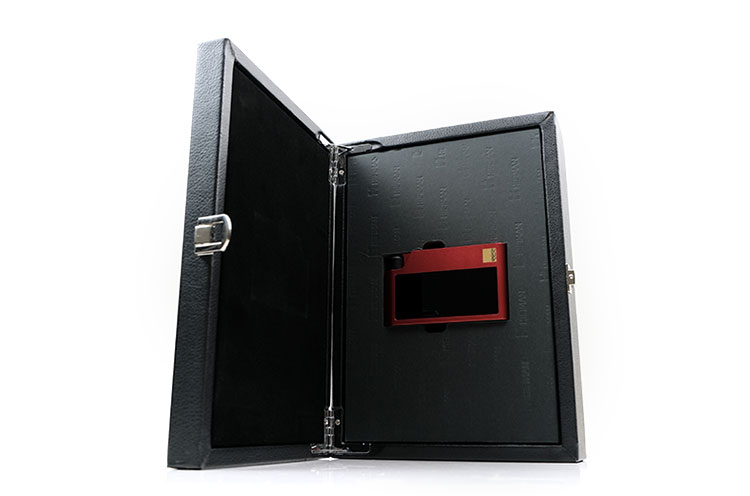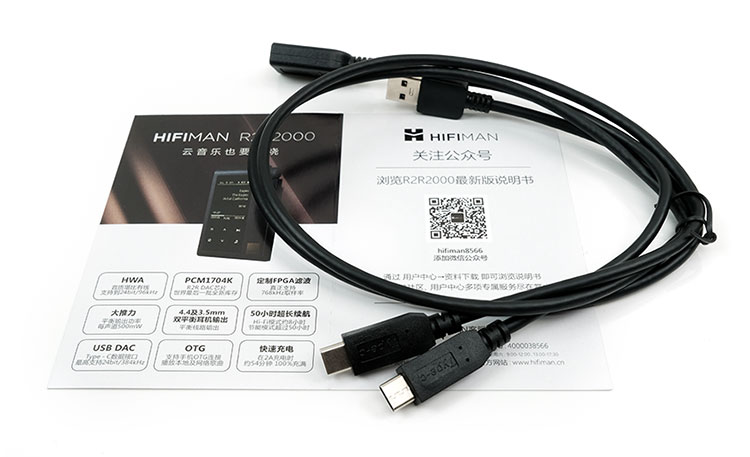The Hifiman R2R2000 is a Hi-Res Bluetooth receiver using a dual PCM1704K R2R, (Black) and a PCM1702 R2R, (Red) DAC. It is priced at $2500 for the Black and $999 for the Red version.
Disclaimer: The Hifiman R2R2000 Red & Black Editions sent to us are samples in exchange for our honest opinion. We thank the team at Hifiman for giving us this opportunity.
To read more about Hifiman products we reviewed on Headfonics click here.
Note, this review follows our new scoring guidelines for 2020 which you can read up on here.
This review has been brewing for a while so our apologies for being a bit tardy with publishing. The good news is we have spent a lot of serious time with both the R2R2000 models, red and black, and been able to get a firm opinion on where they sit on the retail shelf so to speak.
If you have read our initial overview earlier then skip onto page 2 and page 3 for sound and comparisons, if not, then read on.
When launched the initial feeling was a return to the DAP market for Hifiman. However, the R2R2000 is being pitched as an HD Streaming Audio device with a high degree of portability. Yes, you can really use it as a DAP if you want to, but you can also stream a BT signal or use it via your phone on OTG.
There are a range of usage scenarios for both the top-end R2R2000 black, ($2500) and the significantly cheaper R2R2000 Red version, ($999). Each has its pros and cons and whilst both are by no means the ‘perfect device’ there is one common theme that links both situation and unit – the quality of the sound.
It is glorious, possibly the best I have heard from a portable device of this type to date and a big factor in that sound is what Hifiman has stuck inside these diminutive players.
Tech Inside
Multibit
The key difference between the two R2R200 units is the multibit DAC chipset inside each one. The Black is the high-end version retailing at $2500 and uses the classic but very hard to find multibit 24-BIT Texas Instruments PCM1704K DAC chipset.
The recently launched Red Edition of the R2R2000 is also multibit but uses the more readily available a slightly lower-tier 20-BIT PCM1702 DAC chipset. Quite apart from the tonal differences between these two, and there is some, the PCM1704K R2R chipset is the higher technical performer.
Now, the PCM1704K is an old chipset but one of the most highly regarded R2R performance multibit DACs out there. Apparently Hifiman has bought the last remaining stocks of these chips worldwide and as such the Black Edition will be the last of its kind. Once they are all gone, there will be no more Black units so treat them as Limited Editions if you will.
Hence the price gap between the Red and Black units is rather large because of the costs in procuring the PCM1704K in bulk compared to the PCM1702.
Bluetooth
The BT functionality of both R2R2000 units is the primary pitch on how these devices should be seen and used. Admittedly old school guys like me will explore its potential as a DAP a lot but this should be seen as an added bonus given the marketing material on the site and how they position the device.
There is a good reason for that pitch because of the codec and protocol capability of the R2R2000. Now Hifiman has defined its top-tier BT codec as SHDC capable but in other codenames its more commonly referred to as LHDC which stands for low latency and high-definition audio codec and is on par with LDAC at 900kbps capability.
The origin of SHDC/LHDC, (and HWA for that matter) comes from Huawei proprietary codec development with Savitech but it is a feature that does crop up a lot in both smartphones such as my own Huawei P20 and in apps such as FiiO’s Music Player for BT, (HWA).
In a nutshell, this codec is about as close as you can get to a wired lossless transmission right now outside of HiBy’s own UAT proprietary codec with enough bandwidth to deliver a very uncompressed signal. Dynamic range should increase, latency should be very low, details should be clearer to make out and the sound much less ‘colored’ compared to aptX and even aptX-HD.
Design
The R2R2000s are much smaller than I had expected but are quite robust and well built. A lot of the pictures do not really give you a hint of just how cute these devices are.
At 142g and measuring in at 56mm x 97.4mm x 18.8mm they are actually much smaller than even the compact HiBy R5 DAP we reviewed recently. Pocketable is very much a phrase I would use here.
The design is fairly unique to most modern digital receivers or players out there and both the Red and Black follow the exact same format differing only in their color finishing.
The R2R2000’s eschews that typical boxier type design and instead adopts a wedge form factor with fairly extravagant curving at both ends of the device. You will not be able to stand these devices vertically as a result.
The stepped potentiometer or volume knob on both Red & Black is discreetly inset with no overarching guard but it is protected by the right aluminum panel just underneath. It has enough resistance to prevent accidental knocks and is also very consistent from step to step.
The built-in R2R2000 software also provides for a digital lock to prevent the volume from going up and down for further protection.
The only caveat I have noted, however, is the volume level when at zero from the outset is louder than going to 1 and then back down to zero. I think there is a mute in there somewhere that is only activated when you move from any level above zero back down to zero.
Protection
As you would expect the materials are machined aluminum with an anodized finish (red and black) and matching rear panel. They are quite tough-looking but I do still think you need a case.
There is no case that comes with the R2R2000 and personally I feel it needs one. Getting one is not a challenge and I did source 2 reasonably priced silicone cases earlier in the year from this supplier on Amazon.
These cases work a treat and come with tempered protectors for the front and back since the silicone does not cover these areas. They are also low-profile enough to keep the bulk to a minimum which I find important considering the small size of the R2R2000 is a strength.
Screen
The size of the LED screen on the R2R2000 is a little deceiving. The design makes it seem long, like the entire length of the body but in actual fact, that area is comprised of two separate areas, the screen, and the touch control system.
The screen itself is quite small, non-touch, and whilst no specific specs are available it looks to be about 1.5″, black and white only and not a terribly high pixel resolution, as in slightly blocky for the fonts. There are no environmental controls for the LED brightness so it seems fixed though you do have an auto-lock functionality.
There is no GUI capability, it is all line and text-based though the legibility is decent enough at wide viewing angles. Just expect a lot of scrolling due to the limited screen real estate.
I/O
The thicker wedge part at the top houses the analog outputs and a slightly recessed mini-stepped volume dial. The analog outputs include a balanced 4.4mm and unbalanced 3.5mm sockets.
I do not believe there is an option for a dedicated lineout in either 4.4mm or 3.5mm so this will be a case of double amping if you choose to connect it to a desktop amplifier using an IC. You can read more about how that performed on page 3.
At the base of both R2R200 receivers, there is a single USB-C socket for data transfer to a micro-SD card and for charging purposes. You can also connect the R2R2000 via the USB-C socket for USB-DAC and OTG digital audio functionality with a corresponding menu option to activate it on the device.
That is particularly useful given the R2R2000 Red and Black have no WiFi capability and a lot of people may wish to stream from TIDAL or Spotify via their mobile phones or laptop.
The left panel is flush save for a micro-SD card pin-tray slot with the remaining functionality houses on the right panel. This includes a discreet power button and the fairly well-protected volume dial.
Controls
The R2R2000 core control system is a touch-sensitive panel just below the main LCD screen and works in the same way for both the Red and Black versions. The screen is not touch-capable in any way so this is kind of a compromise and it does feel very old school in that regard.
That being said it is quick enough to respond with the only lag usually when I hit play on a track where it seems the seek time is not as fast as I would like it to be. It does have a backlight, so it is not that hard to work in low-light settings.
The core functions include basic navigation which is list-based so it is primarily up and down, a return option to get out of the existing screen, a playback screen which doubles up as a sub-section of in-play choices, and a play or confirm key. It also has a home screen that allows you to go back to the home screen to avoid the experience being too linear.
Aside from the touch controls you also get a power/LCD screen off/on button on the right panel. Volume is controlled through the stepped potentiometer on the top right side. What is missing? A set of ‘quick access’ physical controls on one of the side panels. That would have made a big difference for quick access without having to turn on the screen.
Memory
There is no onboard memory on either R2R2000 units so all local storage is via the micro-SD slot. The micro-SD memory slot will handle up to 256GB officially I believe but there is a hard limit on how many tracks or files both R2R2000’s can read at 5888 tracks.
I am not honestly sure if that is an issue or not, it will depend on your needs. Some with large micro-SD card users might find that hard limit a bit disappointing. For me, I use 64GB cards, and normally about 80% of my files are FLAC 16BIT/44.1k so there is plenty of room but at 64GB you won’t hit 5k tracks unless you go lossy MP3. My usual cap is around 2-3k files max.
Battery Life
Now, at the start of my R2R2000 experience last year I was all set to give battery performance the thumbs down. The absolute best, i.e. the specs, state 8 hours but you will be lucky to get 5-6 out of that, and frankly, that is too low.
However, sometime in the middle of last year, Hifiman came out with a new firmware that introduced an “eco-mode” menu option which significantly enhances battery life. The old non-eco mode is now called “Hifi mode”. Hifiman does state in the manual you might be taking a hit on sound quality to preserve battery life.
The listed spec is rated at 32 hours max on eco-mode which is a heck of a lot longer than the listed non-eco 8 hours. However, my experience is to expect a bit lower than that if you are using hi-res files and possibly demanding balanced loads.
Normal stress tests on batteries tend to work on low-res files with the screen off and no button or volume adjustments to get the maximum measurement. I would knock a few hours off that stated spec.
Packaging & Accessories
The packaging reminds me a little of the original RE2000 universal monitor. The heritage of the leather latch lock case is drawn from the original HE series headphone boxes or closer to the HE400i original case more than anything, just flatter and smaller.
I kind of like them as a display case but they are huge and must cost a fortune logistics wise for such a dinky little player. There is a ton of unused real estate space in that box which some may find useful for stuffing in all manner of accessories and cables. Not a portable display case but definitely transportable and offers tons of protection for the R2R unit itself.
Both the R2R Black and Red come in exactly the same leather boxes and packaging and are distinguishable only by the serial coding sticker on the outside though quite how you would fathom which is a Red code and which is a Black code is beyond me. I would love to see the Red one come in a faux red leather case just to be more ‘unique’.
Accessories
To access the accessories you simply lift out the R2R unit and then lift up the top protective layer. The list of accessories is not exactly overwhelming for the price points of each unit and you do get the same set of accessories for both units. This includes a USB-C to USB-A data and charging cable with an extension cable as well as your manual and warranty guides.
We have already discussed the tidy silicone cases from Amazon but would it not be great if Hifiman threw a leather case? At least for the $2500 Black package to give it more of a premium distinction.
Currently, you can get R2R2000 leather cases on Taobao and eBay but they are not cheap at around $50 upwards. Some film protectors for the front and rear would have been just dandy but if you are buying the Amazon silicone protector you do get fitted tempered glass screen protectors which are excellent.
Click on page 2 below for R2R2000 hardware/software analysis & sound impressions

